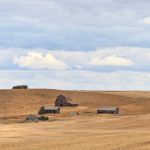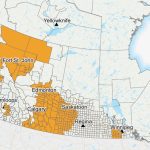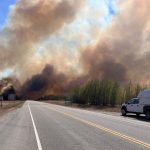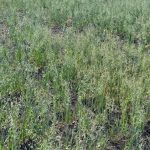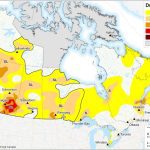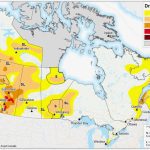Winnipeg | Reuters — Canadian farmers will harvest less wheat than expected after dry conditions in parts of the Prairie provinces shrunk yields, a government report showed on Tuesday. Drought is expected to send global wheat stockpiles for major exporters to the lowest levels in more than a decade, a Reuters analysis has shown. Canada




